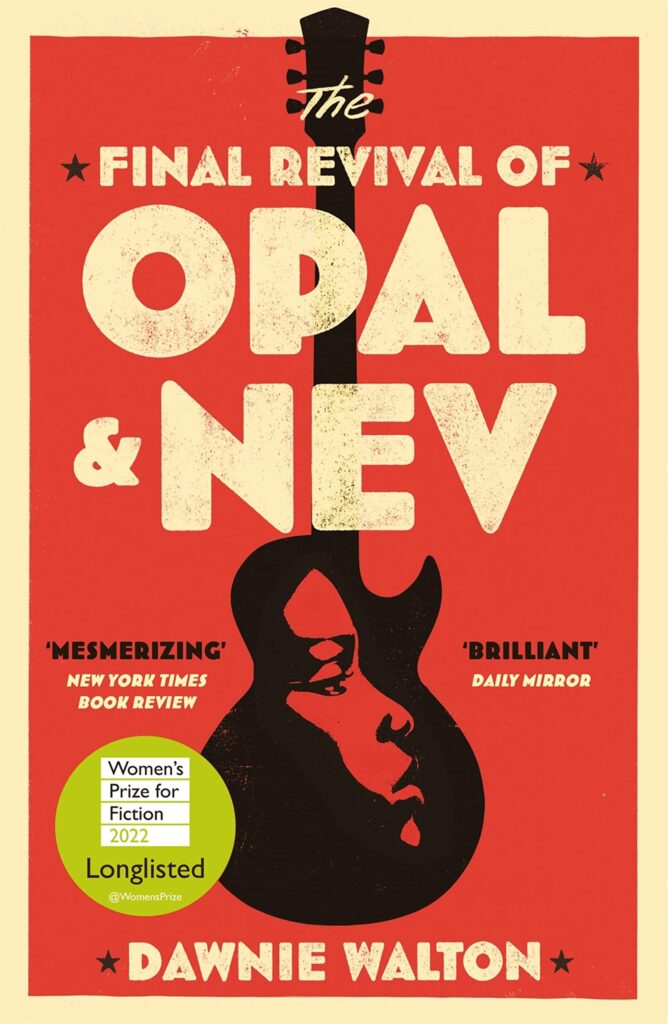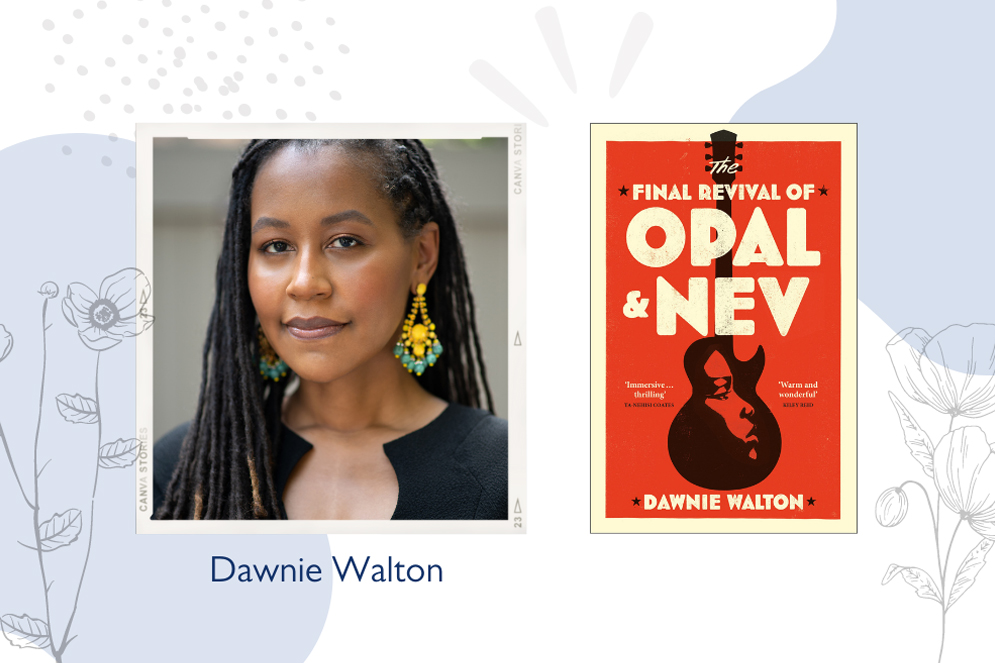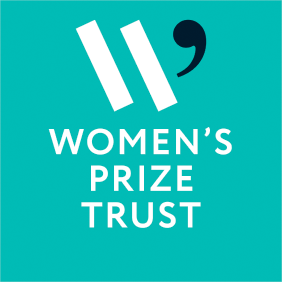Meet Dawnie Walton, author of the Women’s Prize 2022 longlisted novel The Final Revival of Opal & Nev.
A book The Washington Post said ’gives readers the chance to meet an unforgettable character and also provides a lens for considering the real-world artists whose stories have not yet been told in a way that centers them or gives them proper credit.’
The premise of this book is powerful and unique, so what was the inspiration behind the novel? We grabbed a quick five minutes with each of the authors behind the longlisted books to ask that question and more…
Describe in three words how it feels to be longlisted for the 2022 Women’s Prize for Fiction.
All adjectives inadequate!
What inspired you to write The Final Revival of Opal & Nev?
I was following Toni Morrison’s advice to write the book you want to read, if it hasn’t been written yet. And what I wanted to read was a novel about a woman who might have been an idol for me as a teenage Black girl who loved alternative music and indie rock but rarely saw my reflection in it. In some ways I wanted Opal to be larger than life — to hold all the bits of her identity together from a very young age, unapologetically — but also I needed to be honest about her flaws and vulnerabilities, especially when considering the challenges, insults, and choices she would have faced during her time in the spotlight.
Can you describe The Final Revival of Opal & Nev in one sentence?
The Final Revival of Opal & Nev is a fictional oral history about the rise and flameout of an interracial protopunk duo of the early 1970s, and the dark secrets that come to light when they consider a reunion tour in 2016.

Are there any locations that have a special connection for the book?
Several! I was very intentional in choosing each character’s hometown, thinking about these places as integral to their origin stories. Detroit, Opal’s hometown, has a history of Black musical genius and entrepreneurship (Motown Records, the Black protopunk band Death, etc.), as well as Black resistance; Detroit also happened to be home to many dazzling classmates I met as an undergrad at Florida A&M University (an HBCU). For Englishman Nev, I liked the uniqueness of Birmingham — a large city, yes, but not considered as “cool” as London, with a certain scrappiness and underdog spirit that might feed into his insecurities and resentments as he meets the larger world. (I also liked that America has its own Birmingham, with an ugly history that Opal would have witnessed growing up during the Civil Rights Movement.)
I chose my own place of origin, North Florida and the Jacksonville area, as the stomping grounds of the Bond Brothers — this was me grappling with the inescapable legacy of the Confederate flag-wielding rock band Lynyrd Skynyrd, who also trace their roots there. New York City, where I have lived for more than 20 years, had the right energy and eclectic mix for Opal & Nev to create their two albums. And when I wanted to give Opal space to grieve, to explore different modes of being outside of the box America had placed around her, I chose Paris in tribute to the many artist expatriates who worked there.
What was the first thing you ever wrote?
In second grade, for Mother’s Day, a stapled-together illustrated story called “Supermom” in tribute to mine. She still has it, somewhere!
Why did you become a writer?
Part of it probably has to do with being an only child, and growing up internal — constantly having conversations with myself about what I was reading or watching on screen or experiencing among my family or peer group at school. To this day that’s how I feel about my writing — that it’s me working something out on the page, trying to understand it and adequately express its thorniness and nuance. Writing helps me to make sense of the world and these times.



